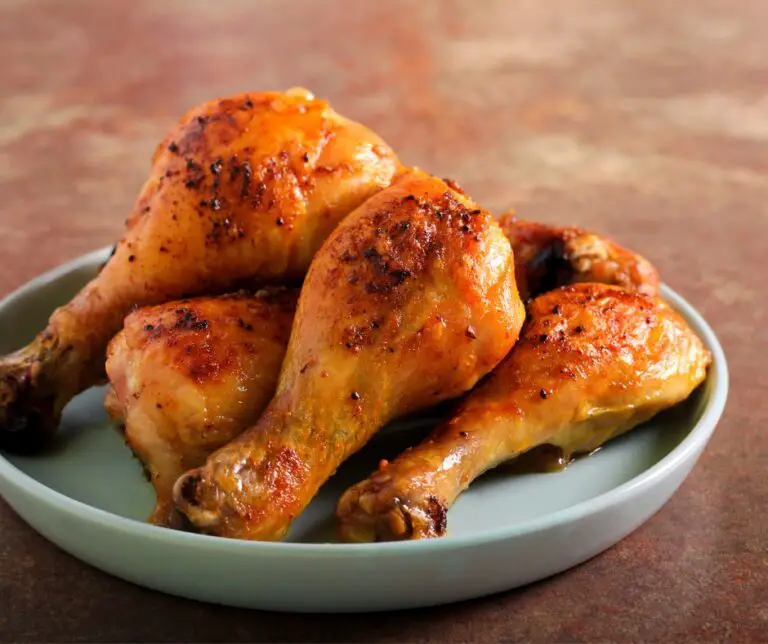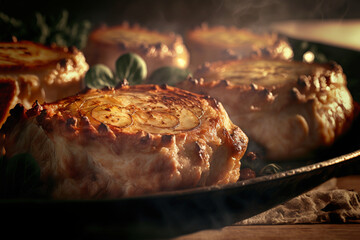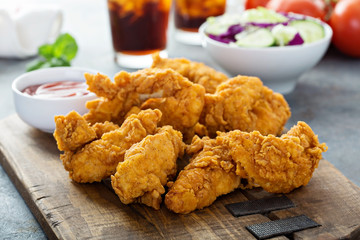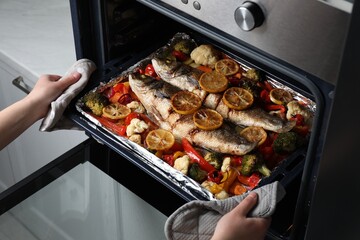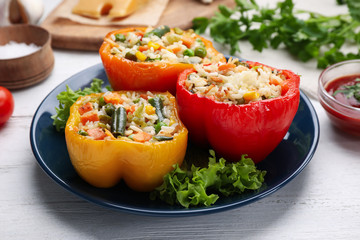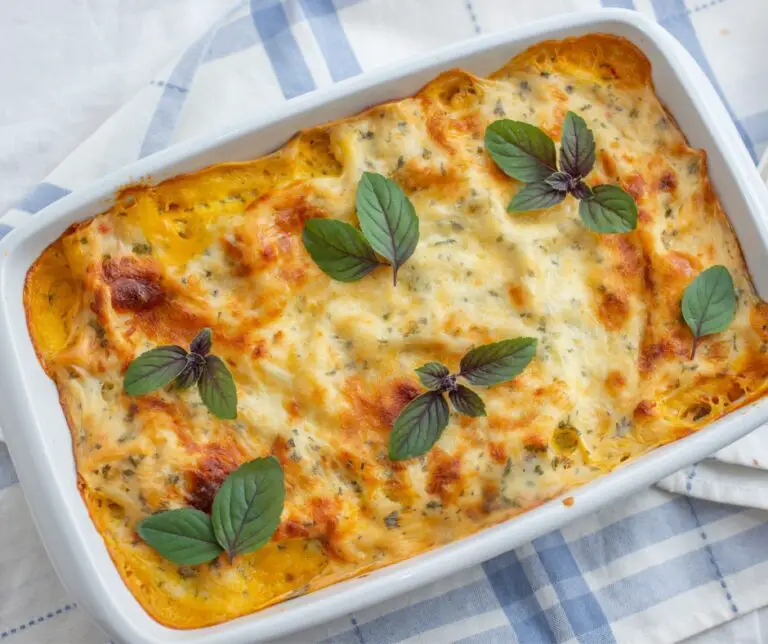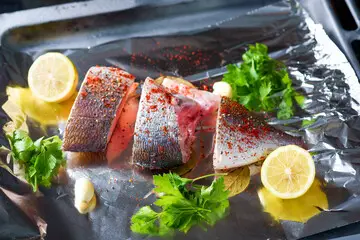
Tilapia is one of the most widely-consumed fish in America. It’s popular because it has a mild flavor and a firm, flaky texture. Tilapia is also very versatile—it can be fried, baked, and even grilled! Since tilapia cooks quickly and doesn’t require much preparation, it’s a great option for busy weeknights when you want something fast but filling.
How Long To Bake Tilapia At 400 In The Oven?
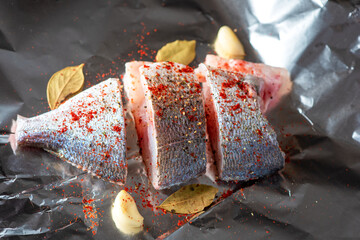
Baking tilapia at 400 degrees Fahrenheit is an optimal way to cook the fish as it is hot enough to ensure even cooking without risking the tilapia being burned. To answer the question, “how long to bake tilapia at 400?”, set the timer for 10 minutes.
Be sure to check the internal temperature of the fish using a meat thermometer, as the fish should be cooked to an internal temperature of 145 degrees Fahrenheit.
If the internal temperature is not yet at the desired temperature, put the tilapia back in the oven and check it at two-minute intervals until it has reached the desired temperature. This ensures that your tilapia will be cooked to perfection.
What Temperature Should Tilapia Be Cooked To?
When baking fish, the general rule of thumb is to cook your tilapia until it reaches an internal temperature of 145 degrees Fahrenheit.
To check this temperature with a meat thermometer, insert the probe at an angle into the thickest part of your fillet and make sure that it doesn’t touch bone or fat. Some people also like to use the touch method for checking for doneness: if you press on the top of your fish and it feels firm but springy, then it’s ready.
Do You Wash Tilapia Before Cooking?
No, you shouldn’t. You should never wash tilapia or any fish before cooking it. The reason for this is it will wash off some of the flavors, which are already quite mild and won’t benefit from being washed in cold water.
Yes, you can rinse the fish with cold water to remove any blood on its surface and you should do so if you see any there but don’t go overboard about it.
Baked Tilapia Ingredients
- 2 tablespoons of olive oil
- 1 teaspoon of lemon juice
- Salt and pepper to taste
- 4 tilapia fillets (about 6 ounces each)
- 1 tablespoon melted butter
- 1/2 cup diced parsley leaves or 2 tablespoons dried parsley flakes
- 2 tablespoons minced garlic
- 1/2 cup heavy cream
- 2 tablespoons chopped fresh basil leaves
How To Bake Tilapia
Step 1: Preheat the oven to 400 degrees
Preheat the oven to 400 degrees.
Oven temperatures vary by type of oven, so check your manual for the correct temperature setting. If you don’t have a thermometer, test the oven temperature with your hand: if it’s too hot, the fish will cook too quickly and dry out; if not hot enough, it will take longer than necessary to cook through.
Step 2: Combine the salt and pepper in a bowl
Carefully place the salt and pepper into a bowl and blend to combine. Once the seasoning has been mixed, add the desired amount of olive oil and stir until a uniform consistency is achieved. Ensure that the oil is distributed throughout the mixture evenly and that it completely dissolved the seasoning.
Step 3: Brush olive oil on the tilapia fillets
Brush olive oil on the tilapia fillets. This step is optional, but using olive oil will help to keep your fillets from sticking to the pan and ensures that they cook evenly. If you don’t have any olive oil, you can use canola or vegetable oil instead.
You can also add a little bit of butter if you’d like! Butter adds some flavor and helps to brown up your fish for an even more delicious result.
Step 4: Place the fillets in one layer onto a baking sheet
When placing your fillets in the pan, make sure they are arranged in a single layer. This will allow for even cooking and avoid creating steam pockets that will result in unevenly cooked fish. It’s also a good idea to season both sides of each piece of fish with salt and pepper before you place it on the baking sheet so that you can taste how much seasoning is needed.
Step 5: Bake for 10 to 15 minutes
Bake for 10 to 15 minutes or until the thickness of the fillet is just opaque in the center. Turn fillets halfway through baking, being careful not to break them apart. Baking time will depend on the thickness of your fillets, so use a meat thermometer to determine doneness if you’re unsure.
Step 6: Squeeze lemon juice over each fillet before serving
To get the most flavor out of your tilapia, squeeze lemon juice over each fillet before serving. This is a great way to add flavor to tilapia and also helps prevent the fish from sticking to the pan or drying out.
Do You Bake Tilapia Covered Or Uncovered?
The answer to this is simple: uncovered. While the skin of your fish may not get as crispy, it will still be delicious and definitely worth the sacrifice. If you cover your fish with foil, it’ll prevent browning on both sides and result in a soft and soggy piece of tilapia.
When using this method to cook your tilapia at 400 degrees: do not cover it with foil or any other material that would prevent browning! If a nonstick baking sheet or parchment paper is used (recommended), there’s no need for covering at all—but again, if covering were necessary, use only parchment paper.
Can You Overcook Tilapia?
You can overcook tilapia, resulting in a rubbery texture. If you’re not sure if the fish is done, use your senses to determine when it’s ready: The flesh should be opaque and flake easily with a fork.
If you have any doubts about whether or not your fish is cooked through and through, err on the side of caution by removing it from the oven before serving it up.
Conclusion
We hope you enjoyed these recipes! If you want to get even more creative with your tilapia, you can try making fish tacos or grilled tilapia. Don’t forget that there are so many ways to prepare fish in general. Whether it’s baking, frying, or grilling them (and even poaching!), they’re all delicious and nutritious options if cooked properly so make sure not to overdo it.

Hi, I’m Iolanda I am a mother of two and know how to whip up satisfying dishes for friends and family in a seemingly effortless way. The blog goal is reader-oriented, So We are always looking for the newest information about the best products on the market to offer product reviews and tutorials to assist users.Have Fun on The Website

